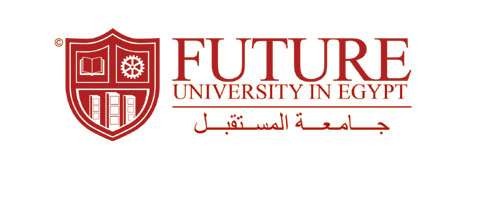Abstract :
Information that are represented as text are either facts or opinions, whenever we need to make a decision, we often seek out the opinions of others which is one of the most influencing factors for our decisions. Traditionally, individuals can get opinions from friends and family while organizations use surveys, focus groups, opinion polls and consultants. Nowadays, opinions expressed through user generated content are considered as one of the important types of information which is available on the web, therefore, many resources have been emerged for expressing opinions including social media and others. This situation has revealed the necessity for robust, flexible Information Extraction (IE) systems, these systems have the availability to transform the web pages into program-friendly structures such as a relational database to reveal these opinions.
In this paper, we propose an approach to classify the opinions of a document or a set of documents considering an object. The approach has been implemented and applied on a dataset of opinions. The proposed system discover the opinions provided for an object in a document or set of documents. The system discovers different types of opinionated statements, including the opinionated, comparative, superlative, and non- opinionated. The system has been applied on a set of 4000 sentences, and the results has been evaluated using the standard metrics, they are True positive, True negative, False positive, False negative, Precision, Recall, and F-score. We also provided a comparison of the presented work with previous work that has been presented in the same field.
Index Terms—Opinion mining, opinion discovery, sentimental analysis, natural language processing
